How To Achieve Communication Excellence In The Healthcare Industry
How To Achieve Communication Excellence In The Healthcare Industry. Internal communication is an important aspect in any organization for forging a strong internal culture and ensuring that critical information is shared between management and employees.
Within the healthcare sector, it takes on an added sense of urgency because effective communications practices between staff can mean the difference between good patient outcomes and bad ones… and in some circumstances, it can even be the difference between life and death.
Healthcare can be a particularly challenging and complex environment to foster good internal communications practices in.
This is because hospitals and other healthcare organizations are large, diverse workplaces with employees working across different disciplines, with different work cultures, in different shifts in multiple locations around the clock. There are always constant disruptions and emergencies to deal with, and the ever-changing needs of patients in care.
Internal communication challenges in the healthcare sector can be solved by devising robust internal communications plans, investing in tools and systems to help deliver information in a timely and effective manner, and implementing procedures and protocols around communication that everyone understands and can follow.
Here are five success stories that highlight the ways that different organizations have overcome common challenges to improve internal communications in healthcare.
-
Improving information delivery so 90% of staff read important messages
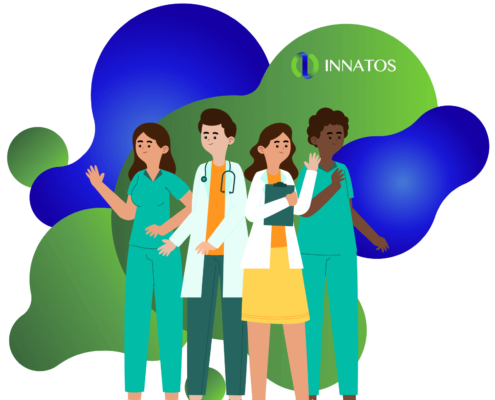 Email overload is a problem that affects people in all industries – employees receive so many messages each day that they don’t have time to read everything, and important information can be missed when they skim the contents of their inboxes.
Email overload is a problem that affects people in all industries – employees receive so many messages each day that they don’t have time to read everything, and important information can be missed when they skim the contents of their inboxes.
A popular solution is to use alerting software, a tool that allows you to send alert notifications. To all the staff. Unfortunately, if it is not used effectively it can lose its purpose, as it can create alert fatigue.
The organization was having issues communicating with the employees. Their main communication methods were sending emails and changing the content on the front page of the intranet, but they found there wasn’t an efficient way to communicate.
The organization selected DeskAlerts as a tool to broadcast messages to particular audiences meaning only those groups of employees who need to know about something are targeted, and unaffected people are not disturbed with notifications.
-
The result:
The organization provides its employees with news and information in a more efficient way, spending less time on the task while gathering all needed feedback.
-
Benefits include:
Easy targeting of specific groups of employees due to integration with Active Directory.
The ability to limit the length of time the message is delivered for meaning out of date information isn’t being passed on to someone at the start of a shift.
-
- The ability to use message templates that always have the same look and feel.
-
- Delivery statistics to determine what percentage of staff have seen the messages.
-
- The ease of translation to any language. This organization is in a French-speaking part of Canada.
-
Ensuring the hospital runs efficiently and effectively in an emergency
Emergencies are a fact of daily life for hospitals and healthcare organizations: being in the business of saving lives means that there will always be critical incidents to respond to.
There are, however, times where emergency response situations will place enormous strains on hospital resources and the ability to triage and treat patients, including responding to mass casualty events like pandemics, natural and manmade disasters, and terrorism.
A large influx of patients will put a strain on the facilities including the emergency department and bed capacity. There may not be enough staff to cope with this demand even if there is space.
Communicating effectively in this type of scenario is essential. Effective communication ensures that all staff understands the situation, so they can keep them updated throughout.
-
Challenge:
CHU Saint Pierre, a university hospital in the Belgian capital of Brussels, found itself caught up in such a situation. On that day, three coordinated bombings by terrorists took place in the city killing 32 people and injuring more than 300 others.
The organization had the foresight to realize that it needed a contingency plan to communicate with employees in a crisis, particularly if the phone network were to become unavailable.
On the day of the terror attacks, the hospital’s phone network became overloaded and they were able to communicate with employees using DeskAlerts as a secondary channel to lower the number of internal calls and to advise staff to use SMS messaging.
-
The result:
The hospital organized its work in a way that kept all the staff aware of things like which space was empty, which one could accept patients, and updates for staff about the situation with the ambulances. They managed to take care of more patients than other hospitals in the city, even in larger hospitals.
-
Benefits include:
-
- Being able to quickly send mass communications to all employees.
-
- Guaranteed visibility of messaging.
-
- The system is not reliant on telephony.
-
- New messages can be sent quickly to update in a rapidly changing situation.
-
Saving time in communicating urgent IT update.
It’s a reality of the modern world that IT systems will sometimes get outaged and other times they will need to be taken offline for routine maintenance and upgrades. When this happens in any organization, employees are affected and it can impact how they do their jobs.
Letting people know about IT outages and maintenance can help them to make plans for those times where are gonna be systems offline. Unfortunately, when IT notifications are sent by email, it’s easy for them to get lost in the inboxes. That will in turn put pressure on the IT help desk as it fields multiple identical calls about the same issue.
-
Challenge:
Hôpital du Valais – a healthcare organization in Switzerland – was seeking an easy solution to deliver targeted notifications about outages and incidents to employees, even in the event of email and phone communications being down.
The organization selected DeskAlerts and makes use of its scrolling ticker tape feature to send unobtrusive messages about various incidents and maintenance activities to all affected employees quickly and rapidly.
The University Hospitals Birmingham NHS Foundation Trust, one of the highest performing NHS organizations in Europe, needed a software solution for instant communications and to serve as an alternative communication channel.
It chose DeskAlerts to send IT services notices and general organization notices. For example, they now use it to warn users of potential cyber-attack (like Wannacry).
-
The result:
Less time spent on keeping all users informed and an increase in cyber security awareness.
Benefits include:
-
- Being able to quickly send the right information to the right people.
-
- Less pressure on the IT help desk.
-
- Alerts can be configured via Active Directory groups and organizational units.
-
Communicating with medical teams distributed in different locations.
In many hospitals, medical staff works across different places. This might be on different buildings from the campus, multiple campuses, or even employees that go out into peoples’ homes to help them, such as nurses and paramedics.
Communication in this field can be a challenge because no one is in the same place at the same time. Sometimes employees located away from the main part of the organization can feel forgotten. Other times people can be overwhelmed by too many calls that from a particular location that they don’t work at.
At the same time, it’s important that no matter where employees are located they all have access to the same important corporate information so they can work cohesively to meet organizational goals and objectives.
-
Challenge:
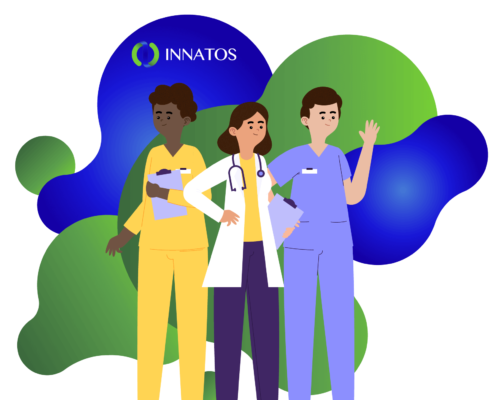 MedAmerica is a healthcare practice management organization located in California in the USA and provides strategies, to help medical practices deal with the healthcare landscape. The organization has six main buildings and another office in Upland California.
MedAmerica is a healthcare practice management organization located in California in the USA and provides strategies, to help medical practices deal with the healthcare landscape. The organization has six main buildings and another office in Upland California.
Having employees based in multiple sites was posing a communications challenge to the organization, as it had been relying on email to notify staff about important problems, issues, or changes. They were experiencing a delay in information delivery which meant that efficient changes were not being implemented in a short time when they needed to be.
MedAmerica chose DeskAlerts as a solution to quickly send information to staff across its multiple sites and was installed on 500 company computers. The system was chosen because it could quickly broadcast messages to all employees easily, overcoming the delay in urgent communications.
-
The result:
Getting crucial information to employees very fast and easily.
-
Benefits include:
-
- Ability to send urgent information quickly.
-
- Ability to target information to specific groups of employees.
-
- Statistics module to determine who has seen and who hasn’t seen alert messages.
-
Assisting resource management issues in a hospital relocation
Investment into hospitals by governments means that facilities are upgraded. When this happens, it can be a hard project to ensure the smooth relocation in a way that doesn’t affect patient safety.
Moving house or moving offices is stressful enough – but moving an entire hospital with its equipment, hundreds of employees, and patients is another ball game entirely.
-
Challenge:
The Peterborough and Stamford Hospitals NHS Trust is part of the UK healthcare system and has more than 4000 employees across two sites. The hospitals needed to move from three outdated old buildings to a new state-of-the-art facility.
At the time the main form of communication was email. It became clear that a better system was needed to send instant messages to all the staff. The organization also had limited funds and needed to find a cheap solution.
DeskAlerts was chosen because it had all the functionality needed to send alerts quickly and easily to all employees so they could help manage the safe transfer of 600 patients to the new site.
A custom template was created showing the organization’s corporate colors and logo. As the movie progressed, DeskAlerts was used to let the staff know what was happening, when certain systems were being moved and to inform about any issues that happened. It proved good to keep staff informed about the move in real-time.
-
The result:
A lot of time was saved during the move. All staff was informed in “real time”.
-
Benefits include:
-
- Cost effective.
-
- Easy to deploy.
-
- Ability to customize templates.
-
- Ability to target different employee groups with custom content.
-
- Statistics mode to ensure all employees has read the messages.
-
- Surveys and polls to get instant feedback on emerging issues.
Desk Alerts has been selected by hospitals around the globe as a solution to overcome internal communication challenges. Contact us for a demonstration to find out how to choose the best mass notification system and how it can benefit your organization.



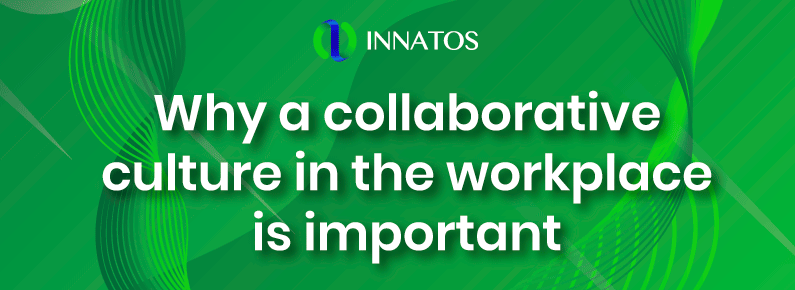

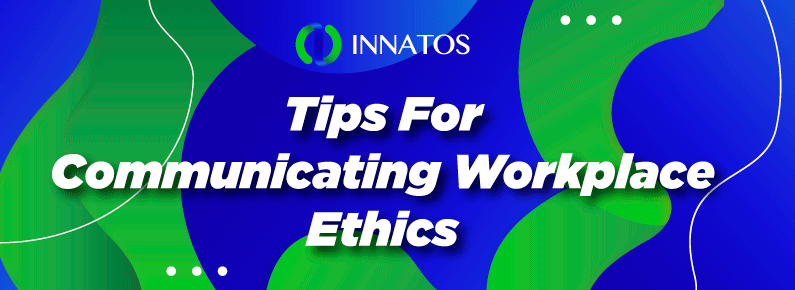

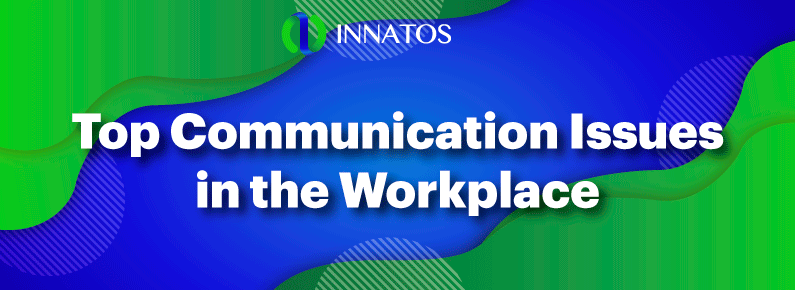

Leave a Reply
Want to join the discussion?Feel free to contribute!